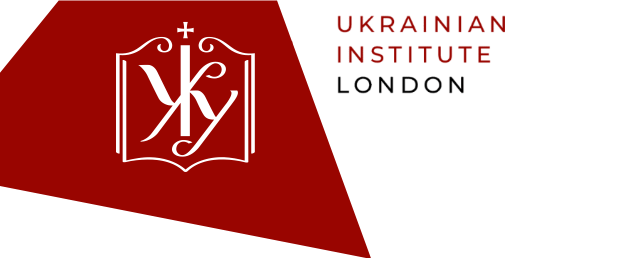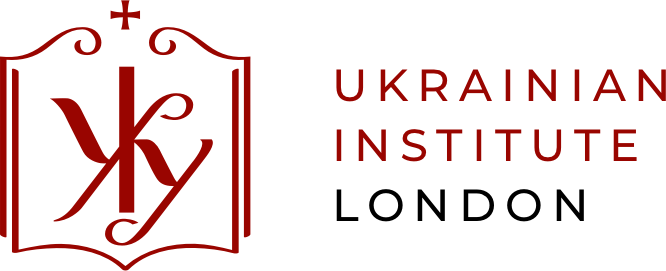On the eve of Holocaust Memorial Day the Ukrainian Institute London held an important and timely panel discussion on how the Holocaust is remembered in Ukraine, in partnership with the Jewish Museum London and supported by the Ukrainian-Jewish Encounter.
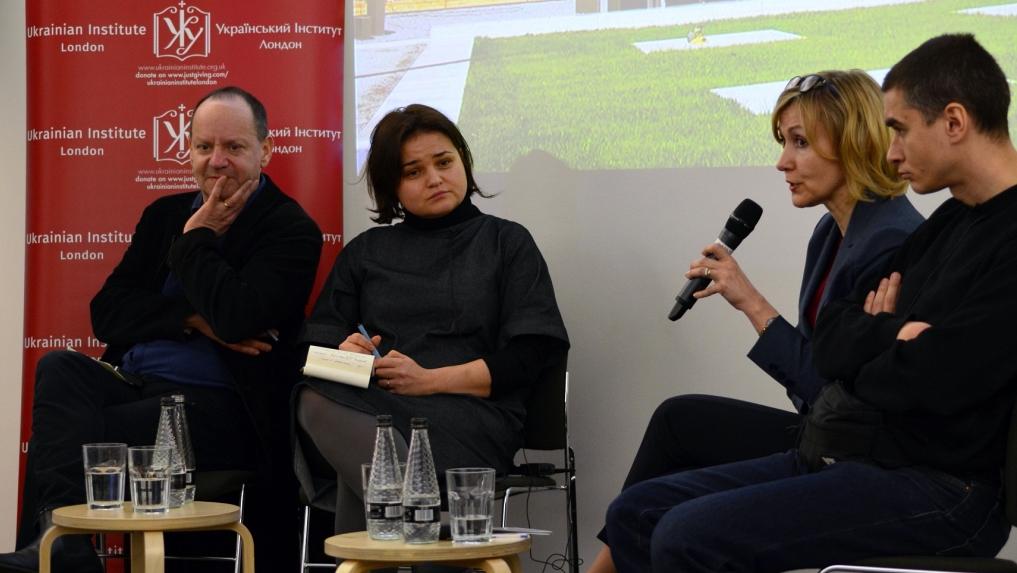
James Bolton-Jones, Master’s student in Russian and Post-Soviet Politics at UCL School of Slavonic and East European Studies and Graduate of the Ukrainian Studies Programme at the University of Cambridge.
On the eve of Holocaust Memorial Day the Ukrainian Institute London held an important and timely panel discussion on how the Holocaust is remembered in Ukraine, in partnership with the Jewish Museum London and supported by the Ukrainian-Jewish Encounter. Over one million Jews were murdered in Nazi-occupied Ukraine, but the tragedy of the Holocaust was silenced during the Soviet period, and only began to be discussed after Ukrainian independence in 1991.
The panel, moderated by the director of Ukrainian Institute London Marina Pesenti, was made up of three eminent and engaging speakers. Dr Sofiya Dayk is the Director of the Lviv Centre of Urban History, a private institution which initiated a number of important initiatives commemorating the Jewish community’s presence in Lviv in tandem with the local Lviv government. In 2017, the centre hosted the “Un-named” exhibition, reflecting on mass violence in Ukraine between 1931 and 1945.
The exhibition included visual work by Nikita Kadan, a talented contemporary artist who also appeared on the panel.
The third member of the panel, Professor Philippe Sands, is a human rights lawyer and author of several books including the award winning East West Street, which addresses the origins of genocide and crimes against humanity and was inspired by Professor Sands’ own family history.
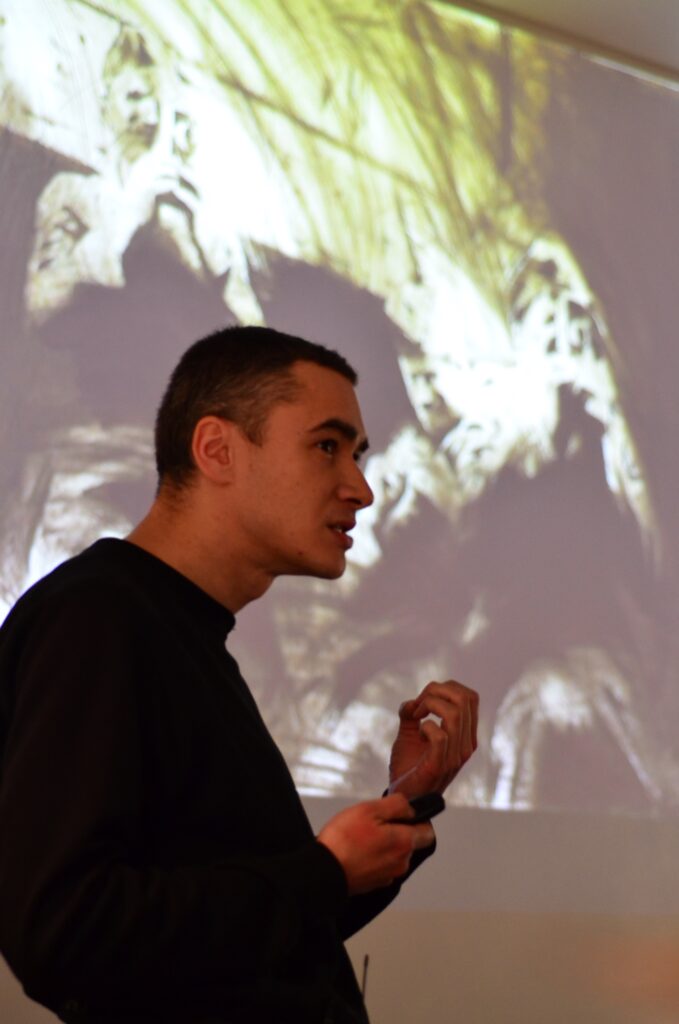
The event began with a presentation of Nikita Kadan’s artwork by the artist himself. Kadan displayed a number of haunting, disturbing but powerful paintings based on images recorded by both the Nazi-occupiers and local Ukrainians during the war. He emphasised that the images were used for the purposes of propaganda by both sides in the conflict, and that he wanted to draw attention to this by leaving the background in some of his paintings completely blank so as to show the ignorance of the viewer about the origin of the image and the way it might be exploited for political ends.
The starting point of the panel discussion was an image of the Space of Synagogues project, a memorial on the site of the destroyed Golden Rose synagogue in Lviv, which the Centre of Urban History helped create. Sands noted that when he first came to Lviv in 2010, the place was a “dump”, and that the only hint that a synagogue used to stand there had been a Jewish themed restaurant of highly questionable taste. In subsequent years, however, the site has been transformed into a memorial site. “Ukraine has come a long way in the space of 10 years,” said Professor Sands.
Dyak explained how the site is made up of plaques which have quotes from all the languages which have been spoken during Lviv’s long and diverse history. “Even if people did not leave a record, that does not mean they did not exist”, said Dyak. She added that the site was also a monument to Lviv’s rich architectural history.
To illustrate the significance of the Space of Synagogues project, Sands asked the audience whether they knew where the museums of slavery and colonialism were in London. The answer? They do not exist, because there is an unwillingness to address these difficult issues in the public sphere. By contrast, the fact that the delicate act of balancing the interests of some who would like the Golden Rose Synagogue to be entirely rebuilt, and of others who dislike there being memorial at all, has been achieved in Lviv is remarkable in and of itself.
The discussion then turned to look at these issues in the context of Ukraine’s efforts to build its own historical narrative after centuries of colonial domination, including reviewing its darker pages, such as the terror against the Jews during the Second World War.
As a starting point Pesenti referred to Timothy Snyder’s book Bloodlands, which argues that the Holocaust in Eastern Europe became possible due to the total collapse of any government structures and was aggravated by several waves of occupation.
Sands took issue with the title of Snyder’s book, arguing that this region of the world does not have a monopoly on horror, but he thinks Snyder is correct to place the tragic events that took place in context in order to understand what happened and why it happened. To illustrate the importance of contextualisation, Sands referred to a scene in “My Nazi Legacy”, a 2015 documentary he appeared in, where he attends an anniversary event of the Ukrainian division of the Waffen SS. The chosen historical narrative of those at the event was that the founder of the division, Otto Wächter, was a saviour because he helped create a sense of Ukrainian identity in the struggle to expel the despised Soviet authorities. It goes without saying that this in no way justifies the crimes committed by members of the Waffen SS, which included genocide and crimes against humanity, said Sands, but it does at least help explain why Wächter is seen by some as a bringer of freedom and identity.
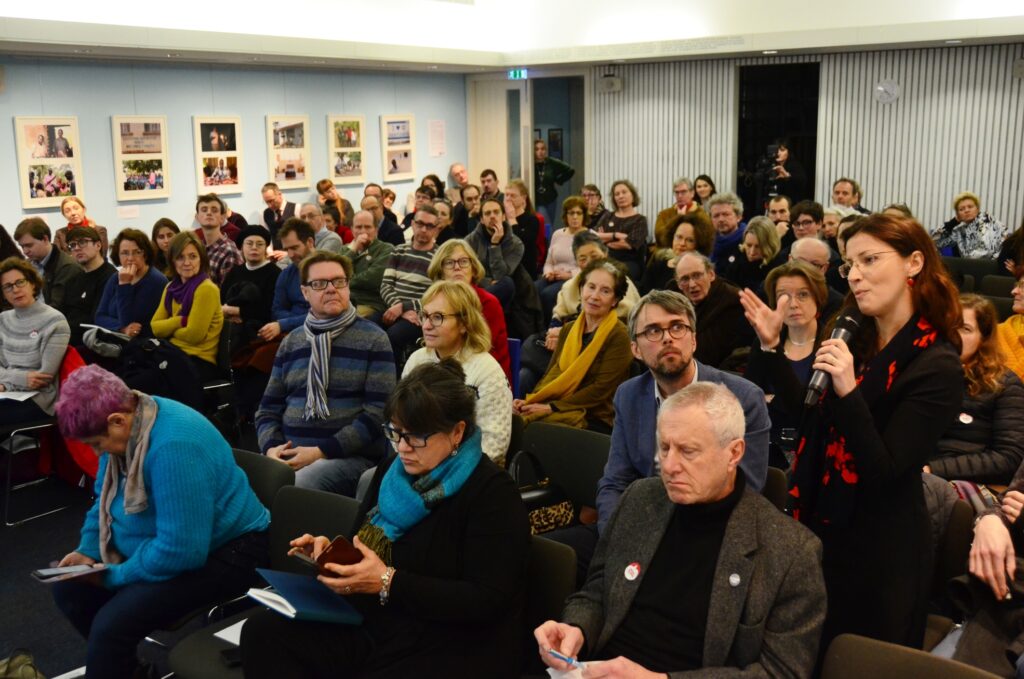
This led to a discussion of the most recent narratives of the Second World War promoted by the government of Ukraine in which Ukrainian nationalists who collaborated with the Nazis are hailed as heroes. A notable figure is Stepan Bandera, with whom ultra-right groups in Ukraine are associated. He was one of the leaders of the Ukrainian national movement, first against the Nazis and then against the Soviets, and by 1941 he was in a Nazi concentration camp. He promoted ethnic nationalism, and the movement in his name committed atrocities against the Jews and the Poles.
Dyak noted that the Institute of National Memory was particularly prominent in promoting and instrumentalising this narrative of glorifying the wartime Ukrainian nationalists while turning a blind eye to the atrocities committed during the war. However, Dyak said that it would be mistaken to see the Institute of National Memory as dominant. There are many other civil society organisations and different parts of government which do not support this narrative, she insisted, and it should also be emphasised that it was only possible to talk about the Holocaust as part of the state narrative relatively recently. It should be seen not just as a Jewish experience, but also as a Ukrainian one, thinks Dyak, who also commented that she hopes acknowledgement of the atrocities amongst Ukrainian intellectuals is increasing.
Another atrocity to occur on Ukrainian territory was the artificially engineered famine of 1932-33 known as the Holodomor, which some believe represented a genocide. Some try to equate and compare the atrocities people suffered in the Holodomor with those of the Holocaust. However, Sands explained that he is extremely wary of assigning what he called “league tables of horror”, and that instead individual human experience should be the focus.
Kadan concluded the discussion with a final showing of his artwork, while stating emphatically that he opposed any glorification of Nazi collaborators. That one of his recent exhibitions was recently nominated for the national Shevchenko award is an encouraging sign that the Ukrainian establishment is increasingly able to come to terms with its past.
Watch the full event recording on our YouTube channel.
